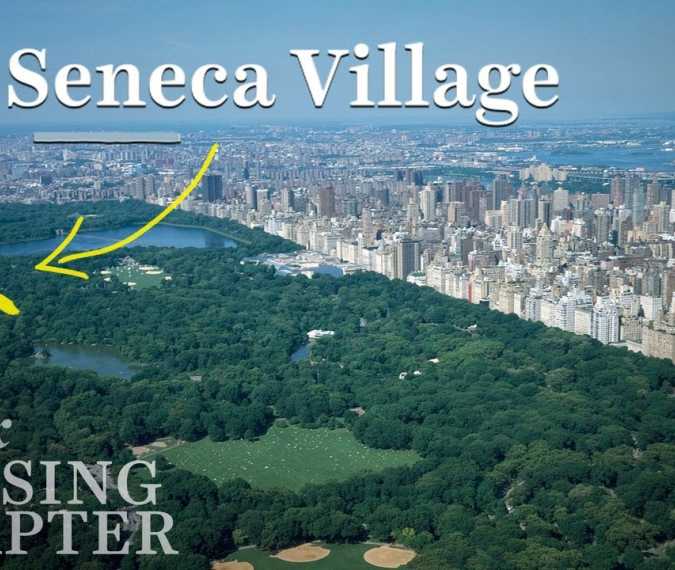
The lost neighborhood under New York’s Central Park
Ah, the iconic New York! Its pulsating heart hosts Central Park, a magnet for tourists and locals alike. Yet, there lies an unseen narrative, an obscured historical quilt that dates back to the 1820s, intricately woven into the park's lush greenery. The plot thickens as we delve into a time when this expanse was naught but the sprawling countryside of New York, a tranquil haven far removed from the city's burgeoning bustle.
Imagine, if you will, a community of approximately 1,600 souls seeking solace here, away from the teeming, and somewhat threatening, conditions of lower Manhattan. A population marked predominantly by a rich ebony hue, these early settlers found affordability in this land, building not just houses but a whole community complete with churches and a school. This vibrant mosaic of life was christened as Seneca Village.
Then the plot takes a turn. The village’s harmonious, homely appeal didn't just catch the attention of the African Americans but also drew Irish and German immigrants to its warm embrace. Thus, Seneca Village bloomed into a rare and beautiful example of racial unity, an oasis of integration in an era marked by stark racial divides.
However, destiny had a twist in store. The date was July 21, 1853, a day that would forever be etched in history. The city of New York, wielding the powerful tool of eminent domain, seized control of this land. The objective? To birth the first major landscaped park in the United States, which they fittingly named “the Central Park.”
Now, to delve deeper into this tale, one must explore the visual chronicle offered in the video. It cleverly knits together the story of the park’s creation using city records, maps, and archaeological findings from a 2011 excavation of the site, thereby illuminating the forgotten story of Seneca Village.
Video: Youtube/Vox


